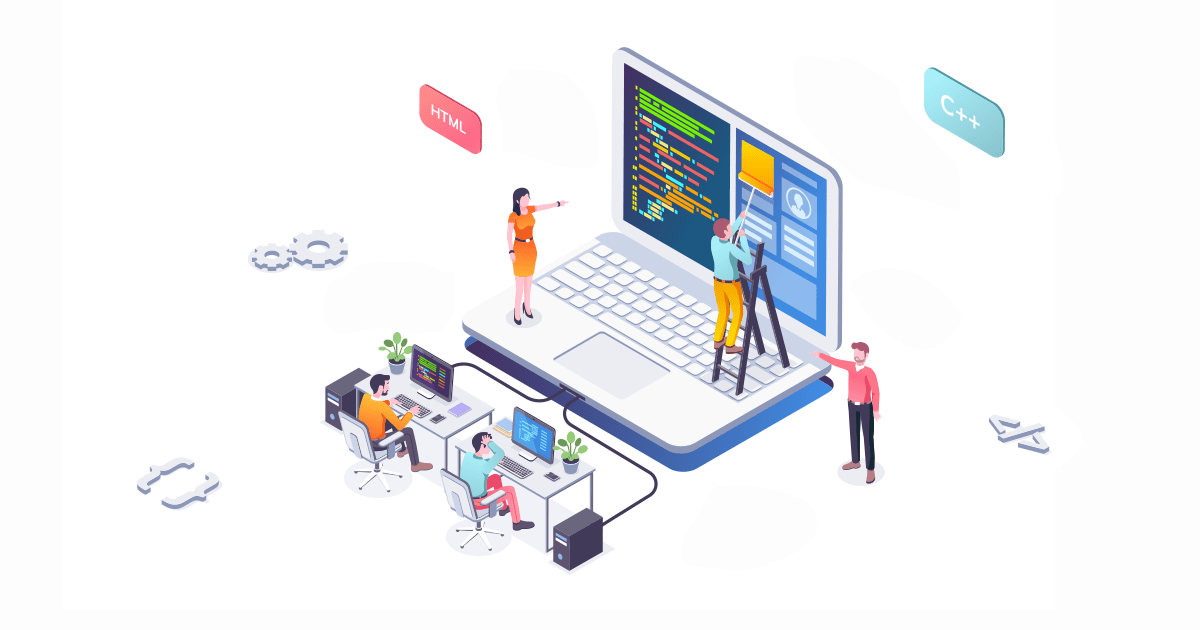Cybersecurity experts have observed an increase in the frequency and severity of malicious activity targeting businesses across a wide variety of industries—it’s less a matter of if but when your organization will inevitably be targeted by cyber criminals. Proactively evaluating and improving your existing cyber security strategy can greatly reduce your likelihood of being adversely affected by cybercrime.
1. Identity & Access Management (IAM)
Effective IAM reduces security risk by limiting resource access to the right individuals at the right time for the right reasons. Core components of robust IAM include a strict password policy, multi-factor authentication, granting least privilege, and managing permissions within groups.
2. Vulnerability Scanning
It’s no secret that running regular vulnerability scans is vital to maintaining your security and compliance posture, but many organizations fail to realize that effective vulnerability scanning involves more than just installing scanning software and running it. For vulnerability scanning to serve its purpose, the scan must effectively collect and distribute the information needed to improve your security posture.
3. Patch Management
Since most attacks rely on known vulnerabilities, most security breaches can be avoided if you regularly apply patches to your IT infrastructure. For larger IT environments, the best way to handle this is with an automated patch management system. This allows you to quickly and easily apply emergency patches if a zero-day exploit is discovered.
4. Endpoint Security
All too often, IT teams focus solely on network security solutions while neglecting their endpoints. As remote employees and bring-your-own-device (BYOD), policies continue to become increasingly common, endpoint security is more critical than ever. Traditional solutions such as antivirus applications can be supplemented by file integrity monitoring (FIM)—the process of the validating operating system and application software file integrity against a known baseline.
5. 24x7 Security Monitoring
Like vulnerability scanning, many organizations passively adopt a security monitoring solution without taking the time to ensure that the solution collects and analyzes the right data, which can vary depending on system level auditing capabilities, network traffic monitoring tools, and logging capabilities, among other factors. Effective security monitoring is also dependent on the continuous attention of a dedicated team of experienced SOC analysts.
6. Incident Response
Proactively developing an organized approach to incident response can go a long way to limit damage and reduce recovery time when a breach occurs. Time is critical when disaster strikes, so running test drills using simulated attacks can help refine your incident response plan and determine how much time and manpower will be needed to address various scenarios.
7. Secure Coding
Vulnerable web applications are the #1 attack vector in the cloud. Through adoption of secure coding best practices such as input validation, output encoding, and cryptography into your software development lifecycle (SDLC) is an effective way to mitigate the risk of a web application attack. Click here to view OWASP’s Secure Coding Practices Quick Reference Guide.
8. Lessons Learned
After responding to a vulnerability or breach, it’s important to take a step back and reflect on lessons learned. What went right? What went wrong? Conducting a thorough postmortem and refining your incident response plan accordingly will help your team be better prepared for the next vulnerability or breach.
9. Threat Intelligence
Keeping up with the latest threats can go a long way in helping your IT team proactively mitigate risk. Free online resources such as CVE, a dictionary of known vulnerabilities; Full Disclosure, a public vulnerability discussion forum; and BugTracker, an open-source issue-tracking application can help your IT team stay ahead of the game.
Subscribe to our newsletter
Related news
Related white papers:
Let's Talk
Get in touch with our experts and find out how Astadia's range of tools and experience can support your team.
contact us now





